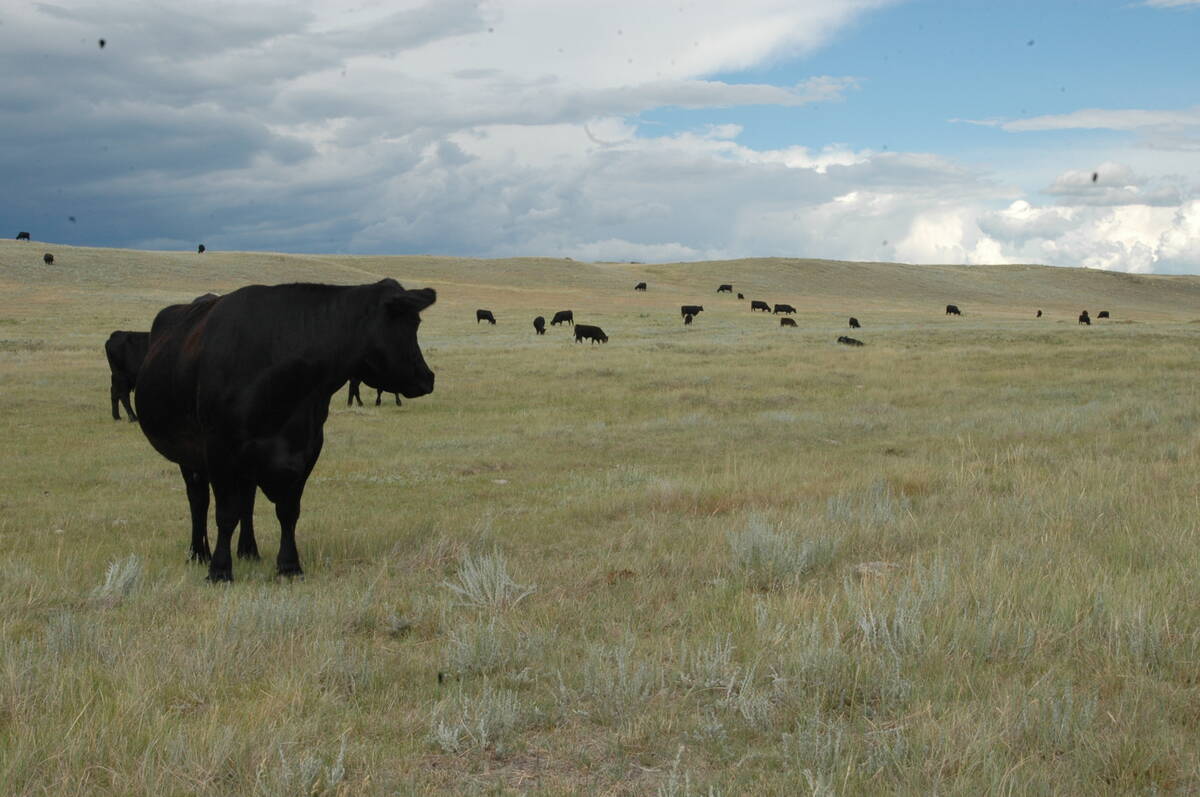Production of nitrogen fertilizer is shifting to some of the world’s most unstable and dangerous regions – and that could spell trouble down the road.
One fertilizer industry expert warns that a growing dependence on imports from those countries could threaten security of supply and price for North American crop growers.
“Future supply in North America could be more unpredictable as we continue to shut down plants and shift to an import-based industry,” said Adrian Johnston of the International Plant Nutrition Institute.
The North American industry capacity has shrunk by 42 percent over the past 15 years, with 25 plants closing in the United States since 2000.
Read Also

Saskatchewan Cattle Association struggles with lower marketings
This year’s change in the provincial checkoff has allowed the Saskatchewan Cattle Association to breathe a little easier when it comes to finances.
That domestic production has been replaced by imports, which now account for 55 percent of U.S. consumption.
Some in the industry say if trends continue, the U.S. could be out of the fertilizer manufacturing business in 10 to 15 years.
Meanwhile, new production is coming onstream from recently constructed plants in places such as Qatar, Oman, Iran, Saudi Arabia, Egypt, Indonesia and Venezuela, where cheap natural gas provides a strong competitive advantage.
In 2005, natural gas prices in Canada and the U.S. were roughly 10 times the average price levels in the Middle East, North Africa and Venezuela.
“It’s a real dilemma,” Johnston said after speaking to a wheat industry conference last week.
“If you go to importing fertilizer as domestic plants close down for one reason or another, then you have to go to places where often the political situation is not so stable.”
Because of the uncertainty, the fertilizer market of the future could be marked by increased speculative buying and on-farm storage.
Canada is not at the same degree of risk as the U.S. because it has a modern and efficient fertilizer manufacturing industry and is more than self-sufficient, exporting significant volumes to the U.S.
Natural gas accounts for 70 to 90 percent of the cost of producing ammonia, which is used in all nitrogen fertilizer.
North American natural gas prices have been high since Hurricane Katrina disrupted the supply chain in August 2005, and prices show no sign of abating. For example, urea prices are expected to reach $550 per tonne this spring, up from $350 last fall.
A huge consumer demand for natural gas in North America keeps the price high and makes it hard to compete with cheap offshore production or to carve out export markets, especially when some of the new production capacity is located closer to major demand areas such as India and China.
“Some people say that if things don’t change and natural gas prices continue to rise, then would you still make nitrogen here or might you divert that natural gas to other uses, like power production, hydro, etcetera,” Johnston said.
The logistics and economics of importing large quantities of fertilizer are also problematic, given transportation costs and capacity.
Studies have shown that the amount of fertilizer used by farmers depends largely on price. A 10 percent increase in fertilizer will result in a 3.2 percent decline in use, which in turn means lower yields and less revenue.














